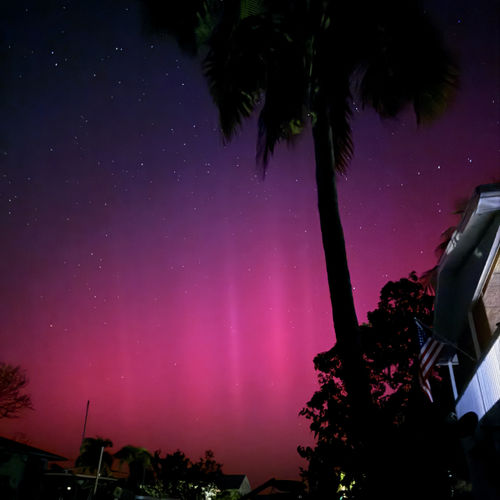
| Added | Mon, 20/12/2021 |
| Источники | |
| Дата публикации | Mon, 20/12/2021
|
| Версии |
Discovered in 2016, the atmospheric phenomenon "Steve" still remains a mystery. This light band of purple or pink shade differs from the auroras in its appearance and has a different nature. Sometimes it is accompanied by a number of green lights, outwardly resembling a stockade.
Two civilian scientists captured both color components of "Steve", being at a distance of 400 km from each other, which allowed them to take pictures from different angles. Then, using triangulation, they were able to determine the exact location of all the points.
Scientists were interested in exactly where the source of the glow is located — at an altitude of 100 to 400 km, within the ionosphere, or much higher, in the magnetosphere. Analysis of the images showed that pink and green radiation pass along the same magnetic field lines, but at different heights.
"As far as we know, nothing in the ionosphere can cause such an extensive high-altitude range of radiation," said study author Xiangning Chu from the University of Colorado at Boulder.
According to him, both radiations come from the same narrow region, so it can only be the magnetosphere. The results of the previous study also indicated a region of sharp transition in the magnetosphere, where strong waves in combination with particle acceleration prevail.
The study was published in Geophysical Research Letters.
Новости со схожими версиями
Log in or register to post comments









